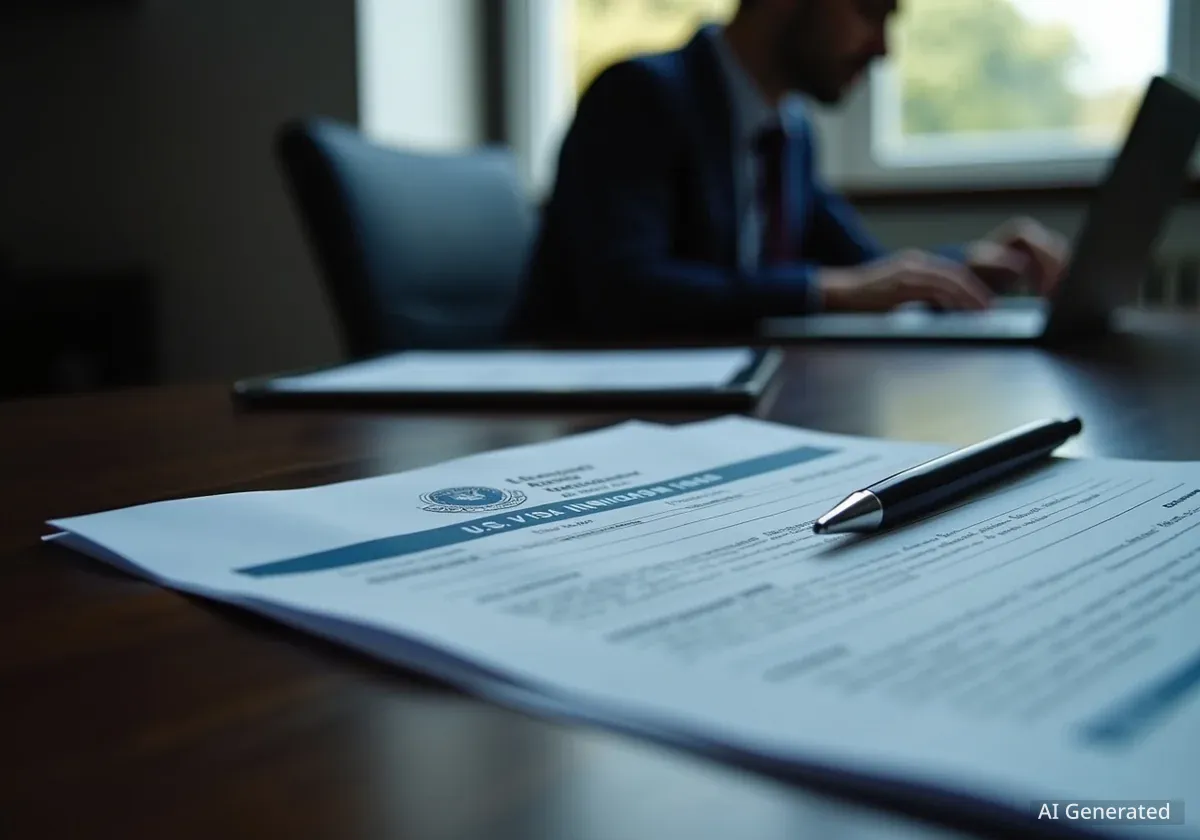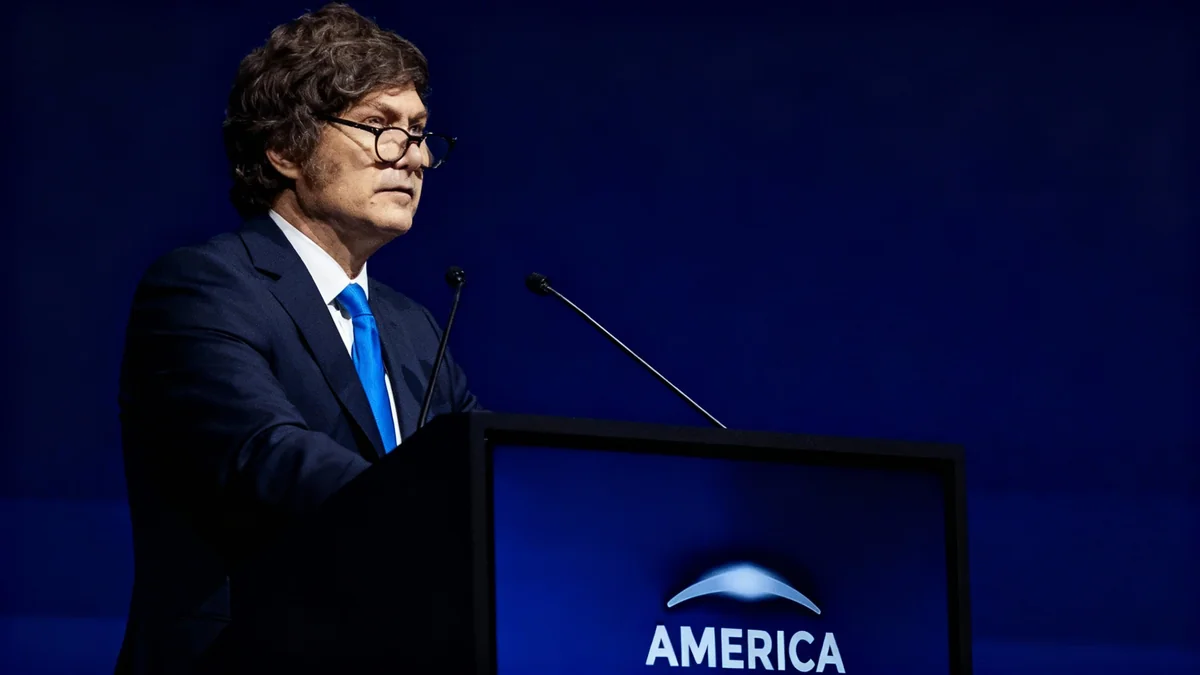U.S. Citizenship and Immigration Services (USCIS) has implemented significant fee increases for various immigration applications, most notably affecting the H-1B visa program for high-skilled workers. Under the new rule, which took effect on April 1, 2024, the cost for employers to participate in the H-1B lottery surged by over 2,000%, while standard petition fees also saw substantial hikes. These changes are designed to help the agency manage operational costs and improve processing efficiency.
The adjustments aim to align fees with the actual cost of adjudicating cases and address backlogs that have plagued the immigration system. For businesses, particularly in the technology sector, these new costs represent a notable increase in the expense of hiring foreign talent.
Key Takeaways
- The H-1B electronic registration fee increased from $10 to $215, a 2,050% rise.
- The standard H-1B petition fee (Form I-129) increased by 70%, from $460 to $780.
- A new $600 Asylum Program Fee is now required for most employment-based petitions, including H-1B.
- The changes are intended to fund USCIS operations, which are primarily fee-based, and improve processing times.
- The rule also finalizes a shift to a beneficiary-centric H-1B lottery system to reduce fraud.
Details of the New Fee Structure
The final rule published by USCIS introduces a wide range of fee adjustments. The most dramatic change impacts the initial stage of the H-1B process. Employers must now pay $215 per beneficiary to enter the annual electronic lottery, a steep rise from the previous $10 fee established in 2019.
For employers whose candidates are selected in the lottery, the costs continue to climb. The fee for filing Form I-129, the Petition for a Nonimmigrant Worker, has been raised from $460 to $780 for most H-1B petitions. This represents a 70% increase in the base filing cost.
In addition to these direct hikes, USCIS has introduced a new Asylum Program Fee. Most employers filing Form I-129 or Form I-140 (Immigrant Petition for Alien Workers) must now pay an additional $600. According to the agency, this fee is intended to help cover the costs of processing asylum applications, which do not generate their own fees.
Discounts for Smaller Organizations
The new rule includes certain provisions for smaller employers and non-profit organizations. Companies with 25 or fewer full-time equivalent employees and non-profits are eligible for reduced fees.
For these smaller entities, the H-1B petition fee is set at $460, the same as the previous standard fee. They are also required to pay a reduced Asylum Program Fee of $300. These measures are intended to mitigate the financial burden on organizations with more limited resources.
By the Numbers: H-1B Cost Changes
- Registration Fee: $10 to $215 (+2,050%)
- Standard Petition Fee (I-129): $460 to $780 (+70%)
- New Asylum Program Fee (Standard): $600
- New Asylum Program Fee (Small Employer/Non-Profit): $300
Justification and Agency Rationale
USCIS has stated that these fee adjustments are critical for its operational stability. The agency is funded almost entirely by fees paid by applicants and petitioners, not by congressional appropriations. Officials argue that the previous fee structure, which had not been comprehensively updated since 2016, was insufficient to cover the costs of their services.
"This final rule is a critical step in ensuring that U.S. Citizenship and Immigration Services has the resources necessary to provide timely and fair decisions to all we serve," a USCIS statement noted upon the rule's announcement. The agency emphasized that the revenue would be used to hire more personnel, improve technology, and reduce processing backlogs.
The agency conducted a comprehensive fee review and concluded that without the increases, it would face an average annual budgetary shortfall of $1.9 billion. The revenue generated from the new Asylum Program Fee is specifically intended to shift some of the financial responsibility for humanitarian programs to employment-based petitioners.
Background on USCIS Funding
Unlike many other federal agencies, USCIS receives over 96% of its funding from filing fees. This model makes the agency highly dependent on the volume of incoming applications. When application levels fluctuate, as they did during the COVID-19 pandemic, the agency's revenue can be severely impacted, leading to operational challenges and processing delays.
Impact on Businesses and the Tech Industry
The H-1B visa program is heavily utilized by the U.S. technology sector and other industries that rely on specialized international talent. Companies use the program to fill roles in fields like software engineering, data science, and medicine where there is a shortage of domestic workers.
Business groups have expressed concern that the sharp increase in fees could disproportionately affect smaller companies and startups. While discounts are available, the overall cost of sponsoring a single H-1B employee has risen significantly, potentially making it harder for less-established firms to compete for global talent.
For a large company, the total upfront government fees for a single H-1B employee selected in the lottery can now exceed $3,000, not including legal fees. This includes the registration fee, petition fee, Asylum Program Fee, and other pre-existing charges like the ACWIA and Fraud Prevention fees.
Changes to the H-1B Lottery System
Alongside the fee adjustments, the final rule implements a significant change to how the H-1B lottery is conducted. USCIS has moved from a registration-based system to a beneficiary-centric model. Under the old system, a single individual could have multiple registrations submitted on their behalf by different employers, increasing their chances of selection.
The new system ensures that each prospective employee is entered into the lottery only once, regardless of how many companies wish to sponsor them. If selected, all employers who submitted a registration for that individual are notified and may file a petition.
USCIS stated this change is designed to create a more equitable selection process and to combat fraud. In recent years, the agency observed a massive increase in the number of registrations, driven partly by some beneficiaries colluding with multiple employers to gain an unfair advantage. The fiscal year 2024 lottery saw over 780,000 registrations for just 85,000 available visas, a number USCIS deemed was artificially inflated.





